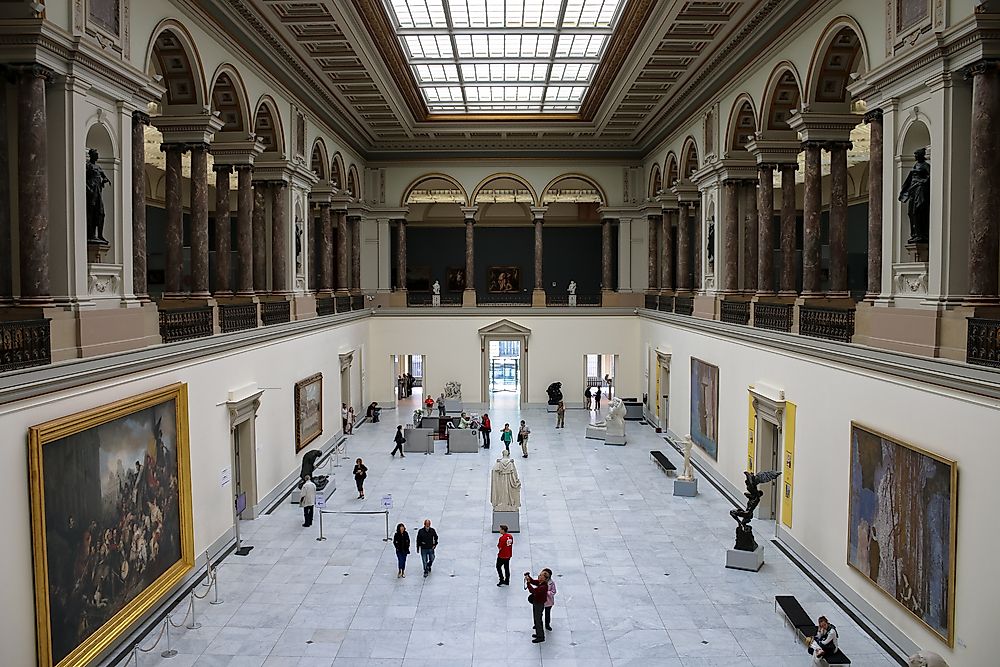Famous Artwork: Landscape with the Fall of Icarus

Landscape with the Fall of Icarus
Greek mythology tells of Icarus and his father Daedalus who flew with artificial wings. Daedalus made the wings out of feathers and secured them using beeswax. He advised his son Icarus not to fly too close to the sun because it would melt the wax, but Icarus ignored his father's advice. Icarus flew high in the sky, and when the sun melted the wax, fell into the sea and drowned.
The Landscape with the Fall of Icarus is a 28.9 inch × 44.1 inch painting that hangs in the Royal Museums of Fine Arts of Belgium in Brussels. The painting was thought to have been the work of Pieter Bruegel the Elder, but technical examination conducted in 1998 and 2006 dispute its authenticity.
Description
The sun is almost set on the horizon signifying that it is evening. Icarus falls near a ship, and his feet can be seen above the water while the rest of his body is submerged. His father Daedalus is not seen in this version of the painting although a similar painting in the Museum van Buuren, Brussels, Belgium by the same painter shows him flying above the sea. An angler, Plowman, and shepherd are portrayed in the painting performing differed actions as Icarus falls from the aether. The shepherd is gazing at the sky away from where Icarus falls, in the version with Daedalus, the shepherd is gazing at him as he flies. The angler is looking at Icarus with horror but continues fishing while the farmer continues with his work unaware of the ongoing situation. A Flemish proverb was developed from the painting pointing out the ignorance of the society towards the suffering of fellow men. Auden's poem "Musée des Beaux Arts" on the fall of Icarus depicts the indifference of human beings and how people can continue with their ordinary events despite the death of Icarus.
Scientific Tests
In 1998 researchers from the University of Utrecht and the Belgian Royal Institute for Cultural Heritage conducted carbon dating tests on the painting to solve the authenticity problem. The researchers concluded that P. Bruegel the Elder could not have worked on the painting. However, in 2006 Professor J. Reisse disputed the conclusion on technical grounds. A sample of the painting revealed that its composition consisted of canvas, an oily lead white adhesion, a repainted thick oily layer with azurite, chalk ground, oily lead white with scarce particles of charcoal, and an oily blue with azurite. It is known by researchers that several paintings by Pieter Bruegel the Elder were redone by his son Pieter Bruegel the Junior and the Landscape with the Fall of Icarus could have been the work of the latter.











